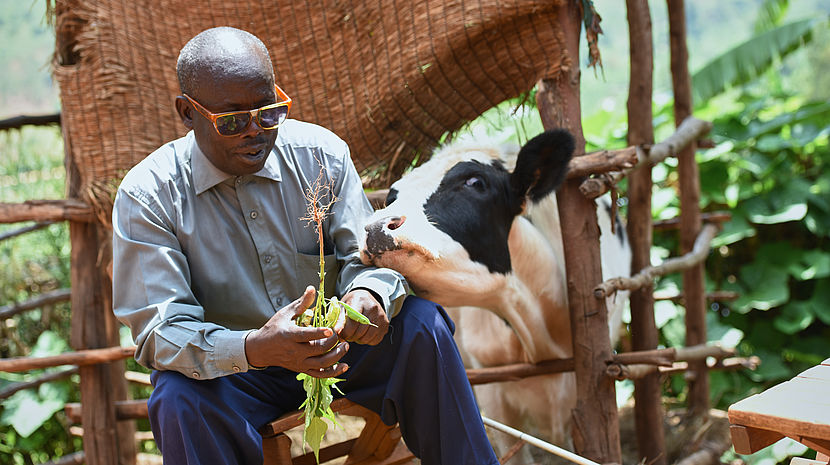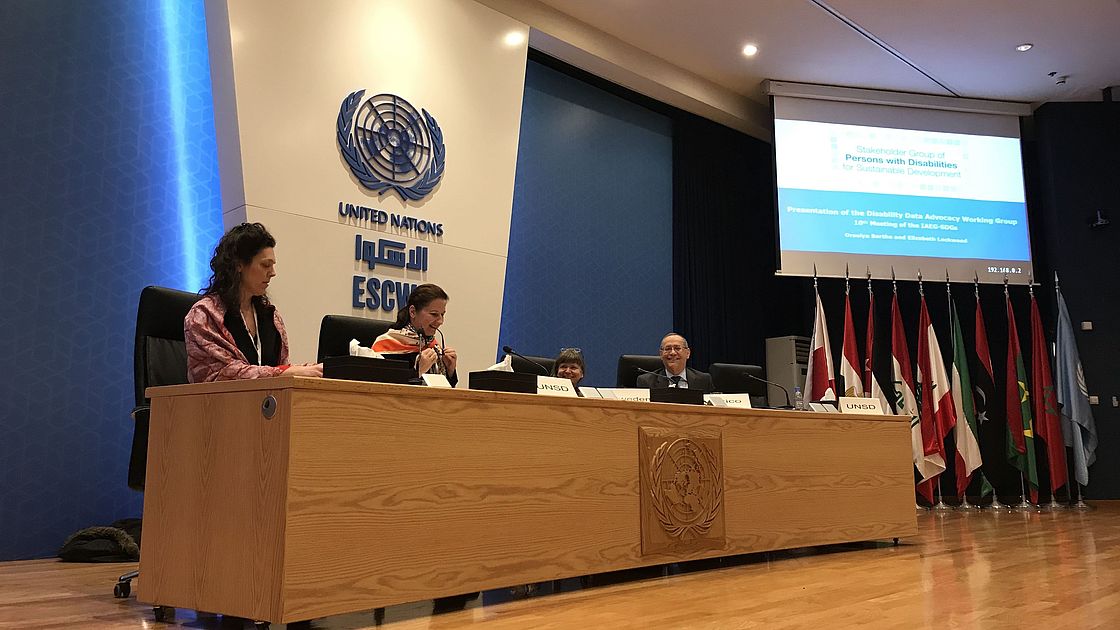The 9th IAEG-SDGs meeting update
02.04.2019 Collecting disability data globally

©CBM
CBM was represented as part of the Stakeholder Group of Persons with Disabilities at the ninth Inter-agency and Expert Group on Sustainable Development Goal Indicators (IAEG-SDGs) meeting over the global Sustainable Development Goals (SDG) framework, which took place from 25 to 28 March in Beirut, Lebanon. Hosted by the United Nations Economic and Social Commission for Western Asia, these meetings review the indicator framework for the goals and targets of the 2030 Agenda for sustainable development at the global level.
Here is a summary and update of the ninth meeting:
- A number of countries and UN Agencies included disaggregation by disability in their interventions (e.g., UN Women), agreed the importance of using the Washington Group short set of questions, but also indicated the challenges of collecting data; but, regardless, are starting with the collection of small samples of disability data.
- The UN Statistics Division highlighted persons with disabilities as one of two good examples of policy priorities of disaggregated data included in an official background document from the 50th session of the Statistical Commission (which emerged from the disaggregation meeting at the 8th IAEG-SDGs meeting in Stockholm). The policy priorities are highlighted in that paper titled, “Data Disaggregation and SDG Indicators: Policy Priorities and Current and Future Disaggregation Plans.”
- All additional relevant tiers for persons with disabilities (16.6.2, 16.7.1b, 16.7.1c, 16.7.2, 4.2.1*) were reclassified from tier III to II (details below).
- The new Co-chairs are from Sweden and Tanzania.
- CBM gave two official presentations in collaboration with the International Disability Alliance as part of the Stakeholder Group of Persons with Disabilities: the first on the disability data advocacy working group that we co-facilitate, and the second on the perspectives of a data user.

CBM and IDA presented at the 9th IAEG-SDGs meeting in March 2019. ©CBM
Next Steps and Next IAEG-SDGs Meeting
The data disaggregation workstream will continue its work and revise and update the document on disaggregation tools and methodologies, keeping in mind that methodologies are defined by country needs.
The next IAEG-SDGs meeting is critical and expected to be held in Addis Ababa in November 2019.
At this 10th meeting, the IAEG-SDGs will discuss and request additional information on proposals containing possible indicator deletions, replacements, adjustments and additions with custodian agencies and other experts in preparation for the final proposal for the 2020 review.
This proposal will be finalized by the end of November in order to be submitted to the Statistical Commission for consideration at the 51st session of the UNSC in March 2020.
Tier Reclassifications
Indicators relevant for persons with disabilities include: 16.6.2, 16.7.1b, 16.7.1c, 16.7.2, and 4.2.1.
- Indicator 16.6.2 Proportion of population satisfied with their last experience of public services—Reclassified from III to II
- Indicator 16.7.1 Proportions of positions in national and local public institutions, including (a) the legislatures; (b) the public service; and (c) the judiciary, compared to national distributions, by sex, age, persons with disabilities and population groups:
- 16.7.1b—Reclassified from III to II
- 16.7.1c—Reclassified from III to II
- Indicator 16.7.2 Proportion of population who believe decision-making is inclusive and responsive, by sex, age, disability and population group—Reclassified from III to II
- Indicator 4.2.1 Proportion of children under 5 years of age who are developmentally on track in health, learning and psychosocial wellbeing, by sex—*0-1 years of age not reclassified (remains at tier III, but is a work in progress); 2-4 years of age for reclassification to tier II